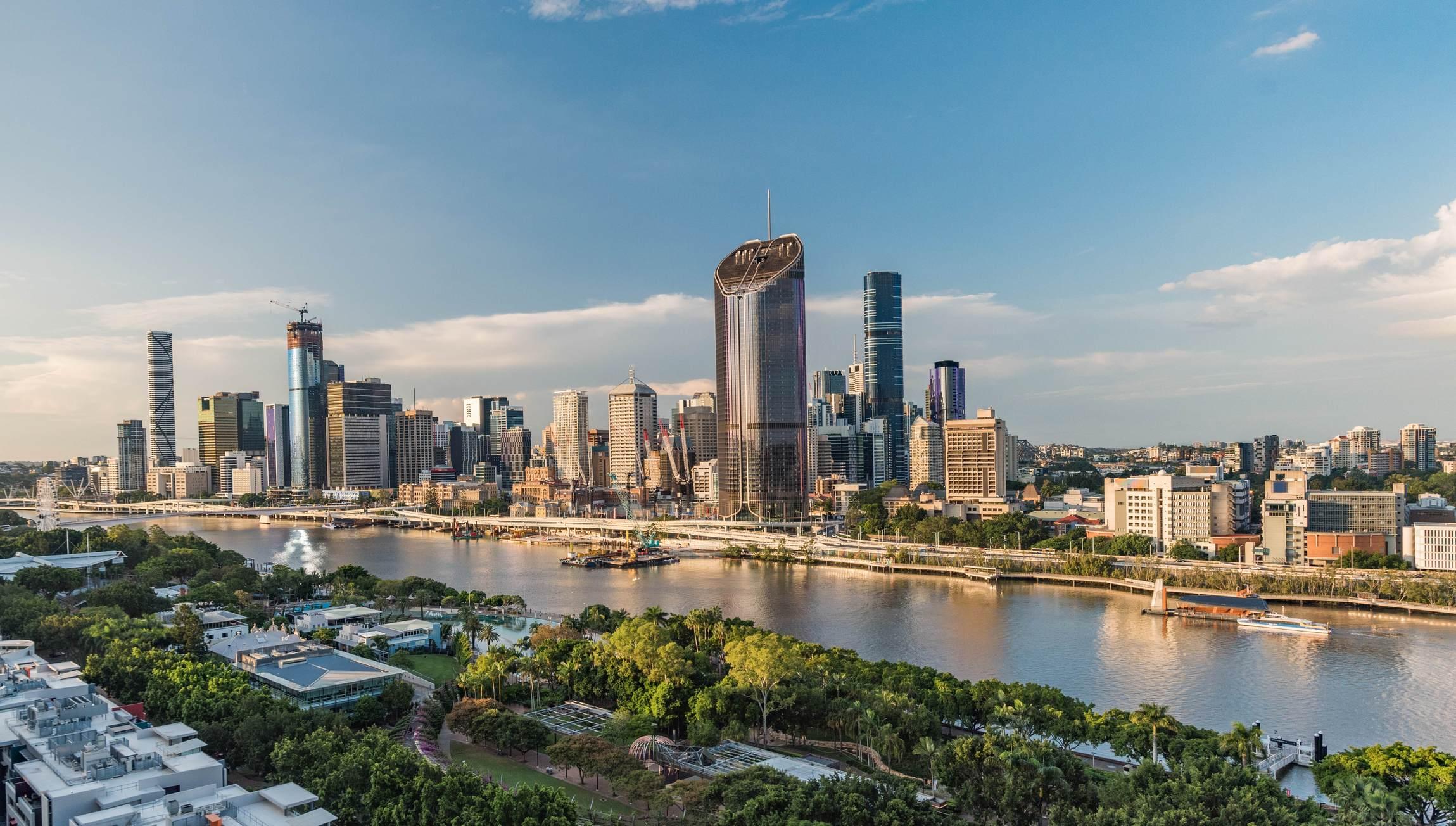Brisbane and QLD property market update - June 2020
How did the Brisbane and Queensland property market perform in June, and what can we expect moving forward?
In these uncertain times, Brisbane and Sunshine state have had the benefit of being relatively unscathed by Covid-19 from a healthcare perspective, with low infection rates and mortality. This has meant the state has eased restrictions earlier than expected, which the
Real Estate Institute of Queensland (REIQ) believes has brought renewed interest to the housing sector. This is not to say the lockdown and restrictions have not been felt there, with the tourism sector in freefall, the jobs of hospitality workers remains uncertain and there is little likelihood tertiary students will return in the foreseeable future. Despite this, the housing market there has remained true to form, displaying traditional resilience and lower volatility overall than Victoria or NSW - a strength we highlighted in our May property update.
How has the Queensland and Brisbane property market been tracking?

Brisbane property prices
Houses
$557,265
Monthly change: -0.4%
Units
$387,420
Monthly change: -0.8%
According to the latest CoreLogic Home Value Index, the Brisbane property market edged a slight -0.4% over June, which leaves it +0.8% for the quarter and +4.3% for the YTD for a median dwelling price of $503,148. If you look at distinct dwelling types, houses were marginally down -0.4% for a median of $557,265, with units a little softer at -0.8% and a median of $387,420.
Over the long term, propertyupdate.com.au reports that Inner City and Hawthorne houses have performed the best, rising +5.1% over the last 5 years. For units, East Brisbane and Wynnum West lead the way over this timeframe, advancing +3.4% respectively.
The Brisbane market edged slightly lower -0.4% over June, which leaves it +0.8% for the quarter and +4.3% for the YTD
Regional Queensland property prices
Houses
$386,454
Monthly change: -0.4%
Units
$363,549
Monthly change: 0.0%
Overall, regional properties in the Sunshine State are down -0.3% for June and -0.1% for the quarter. Looking at the longer term, property prices are still up +4.5% over the year. The median dwelling price for regional properties currently sits at $379,942.
Overall regional markets in the Sunshine State are still up +4.5% over the year
Taking a look at houses by dwelling type - houses have softened over June sliding -0.4% to a median of $386,454. Units have remained unchanged at 0.0% for the month with a median of $363,549.
Brisbane and Queensland rental market update
The lockdown has had a significant impact on Brisbane’s rental market, with the mass exodus of international students, tourists and hospitality workers prompting a sharp rise in vacancy rates. CoreLogic has also warned that Airbnb properties are flooding the rental market, which is exacerbating vacancies and leading landlords to slash weekly rents.
The lockdown has had a significant impact on Brisbane’s rental market, and prompted a sharp rise in vacancy rates
Rental data compiled by Domain found that some Brisbane inner city listings, “...were forced to slash median weekly rent prices by more than 30 per cent during the COVID-19 pandemic peak in April”. This has since firmed up to 24.0 per cent in May, which is not as aggressive as the discounting seen in Sydney - City and East (36.7%) or Inner Melbourne (33.2%) over the same timeframe.
Gross rental yields for Brisbane houses in June are still higher than Melbourne or Sydney - at 4.2%, with units at 5.2%, while yields for regional property are even more attractive with houses producing 5.1% and units 5.5% over the month.
What does this mean and what can you expect?
Overall the sun is still shining for the Brisbane and Queensland property market, with a minor drop in price growth. This is to be expected given the impact health restrictions have had on the real estate sector, consumer sentiment and unemployment.
The REIQ believes that, “Despite property prices continuing the trend of positive growth, it’s anticipated that the housing market will ultimately feel the impact of the coronavirus in the months to come – largely based on diminishing consumer confidence, rising unemployment and a tightening in lending practices”.
CoreLogic has commented on how well the housing market has weathered the storm, pointing out that the impact so far has been, “...milder than initially anticipated”, and that there is a drift in values lower rather than a crash. They believe this is due to:
Low stock levels
Government fiscal stimulus
Continued low interest rates
Willingness of lenders to defer payments in the short term
However key risks relate to the eventual removal of stimulus measures and borrower repayment holidays. There is also a real risk that a rise in cases will see a return to restrictive policies, as we have just seen in Melbourne, which will impede seller/vendor activity and hamstring growth.
Clearly current market conditions mean you need to be a smart seller.
How to be a smart seller
We reached out to our community of sellers who sold their home during Covid-19 and found that many of them achieved really positive results. This is despite the very real challenges the pandemic has thrown up.
Their overriding experience was that if you have a listing in a sought-after postcode that is presented well and priced reasonably - you are still likely to get multiple offers. Homeowners who have sold recently also noted that though there are less people attending open homes, they are more likely to be serious buyers with pre-approval from a lender.
You also want to partner with an agent who has adapted to the current climate, so they can help you sell successfully. Use our Smart Seller’s tool to select the top performing agents where you live.








